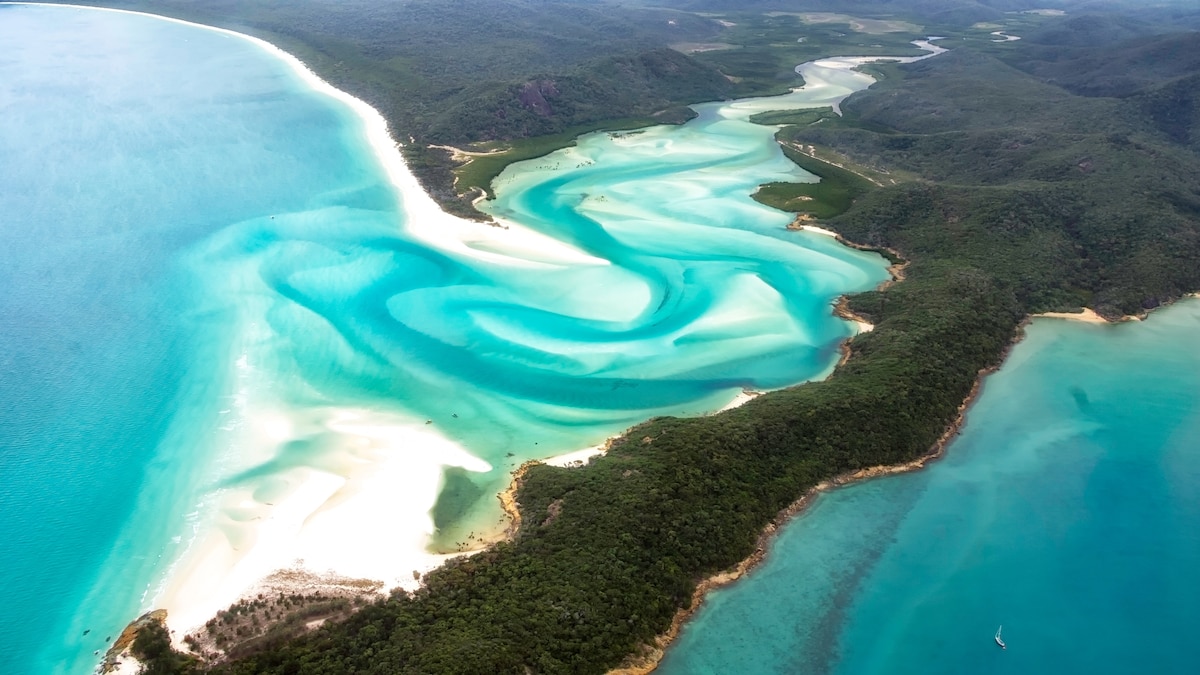Now Reading: 14 Stunning Beaches from Around the World
-
01
14 Stunning Beaches from Around the World
14 Stunning Beaches from Around the World

Rapid summary
- National Geographic’s Latest book: 100 Beaches of a Lifetime explores stunning beaches globally, including iconic and wildlife-rich shorelines.
- Highlighted Beaches:
– Hoshizuna-No-Hama Beach, Japan: Renowned for unique star-shaped sand formed by marine organisms’ exoskeletons.
– Reynisfjara, Iceland: Famous black-sand beach with basalt formations featured in Game of Thrones and puffin sightings.
– Elafonisi Beach, Greece: Striking pink-hued sand produced by microorganisms; popular for its turquoise lagoon and scenic surroundings.
– Butiama Beach, Tanzania: Remote island beach offering snorkeling with whale sharks every summer.- durdle Door, England: Renowned limestone arch on England’s Jurassic Coast (UNESCO site).
– Pantai Merah, Indonesia: Komodo island pink beach from crushed red coral shells left by marine creatures.- Other global spots include Baía do Sancho (Brazil), Bowman’s Beach (US), Anse Source d’Argent (Seychelles), Praia da Marinha (Portugal), Papakōlea Beach (Hawaii), Chesterman Beach (Canada), and Whitehaven Beach in Australia.
Read Full article: National Geographic
Indian Opinion Analysis
The inclusion of distinctively rare beaches like Japan’s Hoshizuna-No-Hama underscores the importance of ecological preservation worldwide. These destinations also exemplify the rich biodiversity found across oceans. For India-a country with an extensive coastline-the key takeaways center on sustainable tourism development to promote its own natural treasures such as Goa’s beaches or Andaman shores while protecting ecological systems. Highlighting India’s unique attributes comparable to these global marvels could foster international appeal when paired with eco-conscious practices.Moreover, economic opportunities tied to environmental conservation can enhance rural livelihoods near coastal regions-mirroring tactics seen in the conservation efforts cited at Anse Chastanet or fernando de Noronha. As India expands its tourism footprint globally, drawing lessons from triumphant practices elsewhere will help safeguard both cultural heritage and natural environments effectively.

























